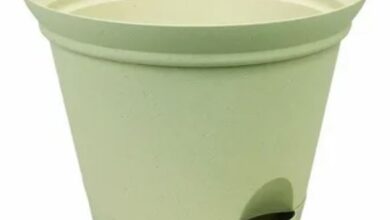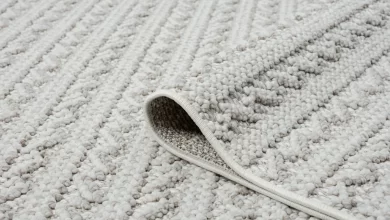Linen Curtains for Sustainable Living
In contemporary society, sustainability has emerged as a central concern influencing consumer behaviors across diverse sectors, including home decor. Linen curtains, crafted from the fibers of the flax plant, exemplify a sustainable and stylish alternative for window treatments. This article delves into the multifaceted advantages of linen curtains for sustainable living, elucidating how they can enhance the aesthetic appeal of living spaces while minimizing environmental impact.
Understanding Linen Curtains
Linen, a natural fabric derived from the flax plant, possesses inherent qualities of durability, breathability, and luxurious texture, making it an attractive choice for curtains. The cultivation of flax requires minimal water and pesticides compared to conventional crops, rendering linen a more environmentally sustainable option from its inception. Furthermore, linen fibers are biodegradable, contributing to reduced environmental footprint at the end of their lifecycle.
Eco-Friendly Material
Linen curtains emerge as an eco-conscious selection owing to their sustainable production process. Flax cultivation necessitates fewer resources, including water and pesticides, compared to conventional cotton farming practices. Additionally, linen production generates minimal waste, as virtually every part of the flax plant finds utility in the manufacturing process. This inherent eco-friendliness underscores linen curtains as a viable choice for environmentally conscious consumers seeking sustainable home decor options.
Longevity and Durability
A significant advantage of linen curtains lies in their exceptional durability and longevity. Linen fibers possess inherent strength and resilience, rendering linen curtains resistant to wear and tear over time. By investing in high-quality linen curtains, homeowners can mitigate the need for frequent replacements, thereby reducing waste generation and conserving resources in the long term.
Natural Insulation
Linen curtains excel in providing natural insulation, facilitating temperature regulation and energy conservation within living spaces. During warmer seasons, linen curtains help deflect excess heat and sunlight, thereby reducing reliance on air conditioning systems. Conversely, in colder months, linen curtains offer an additional layer of insulation, helping to retain warmth indoors and minimizing heating requirements. This natural insulation property contributes to energy efficiency and reduces overall energy consumption.
Breathability and Comfort
Linen’s inherent breathability and moisture-wicking properties distinguish it from synthetic alternatives, making it an ideal choice for curtains, particularly in humid climates. Linen curtains promote air circulation, fostering a comfortable and fresh indoor environment. Moreover, linen’s natural texture and drape add a touch of sophistication and warmth to any living space, enhancing overall comfort and aesthetic appeal. See this: https://www.youtube.com/shorts/yFJUCMDb9EM
Versatility in Design
Linen curtains offer versatility in design, available in a diverse array of colors, textures, and styles to suit various interior aesthetics and preferences. Whether one seeks a minimalist Scandinavian look or a cozy farmhouse ambiance, linen curtains cater to a wide range of decor styles. From sleek, modern panels to relaxed, casual drapes, linen curtains exude timeless elegance and adaptability, enhancing the visual appeal of any room.
Low Environmental Impact
Compared to synthetic fabrics derived from petrochemicals, linen boasts a significantly lower environmental impact throughout its lifecycle. From cultivation through production to disposal, they can leave a smaller carbon footprint and contribute to a more sustainable future. By opting for them, consumers support eco-friendly practices and reduce reliance on non-renewable resources, thereby promoting environmental conservation and sustainability. Read more: https://wingsmypost.com/
Care and Maintenance
Caring for them are simple and sustainable, further enhancing their eco-friendliness. Linen fabric can be machine-washed using gentle detergent and cold water, minimizing the need for dry cleaning and harsh chemicals. Line drying the curtains conserves energy and preserves their natural fibers, ensuring they remain soft, durable, and beautiful for years to come.
Conclusion
In conclusion, they offer a harmonious blend of style, sustainability, and functionality for environmentally conscious homeowners. From their eco-friendly production process to their natural insulation properties, linen curtains embody numerous benefits for sustainable living. By embracing them in their homes, consumers can enjoy the beauty and elegance of natural fibers while reducing their environmental footprint and fostering healthier, more sustainable living environments for future generations.


